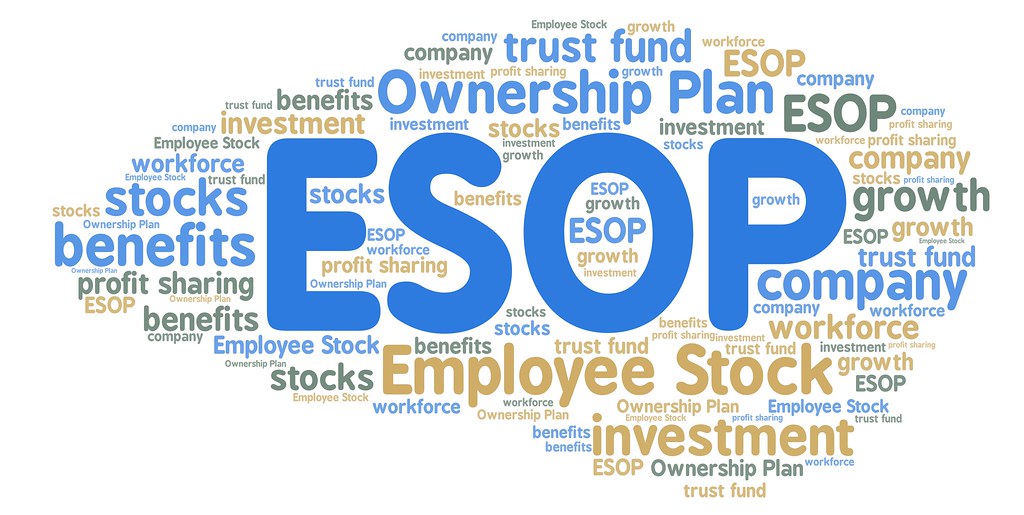Understanding Our ESOP: Clearing Up the Misconceptions
Since becoming an employee-owned company, many of us have learned just how unique and rewarding being part of an ESOP (Employee Stock Ownership Plan) really is. But like anything new, it can take time to fully understand how it works and what it means for us individually and as a team. Here’s a look at some of the biggest misconceptions, positives, and challenges when it comes to our ESOP—from an employee’s point of view.
Biggest Misconceptions
One of the most common misconceptions is that an ESOP works like a traditional 401(k) or retirement account that we personally contribute to. In reality, the ESOP is completely funded by the company—employees don’t put in any of their own money. Another misunderstanding is thinking that “ownership” means day-to-day control or decision-making authority. While we don’t all get to vote on every business decision, our ownership comes in the form of shared financial benefit and collective accountability for the company’s success. The stronger the company performs, the more value our shares can have over time.
Biggest Positives
The best part about an ESOP is the sense of teamwork it creates. Everyone’s effort directly contributes to something bigger—we’re all building long-term value together. There’s real pride in knowing that the success of a project or a great client relationship doesn’t just help the company—it helps all of us. Financially, the ESOP is a major benefit. It’s essentially an additional retirement plan that grows based on company performance, giving employees the opportunity to build wealth just by doing their jobs well and staying committed to the company’s mission.
Most Difficult to Understand
The hardest thing to grasp about an ESOP is how the value of our shares is determined and when that value becomes “real.” The share price is set annually by an independent valuation, and it reflects the company’s overall performance and market conditions—not daily stock market changes. Understanding vesting, allocations, and how distributions work after leaving the company can also be confusing at first. It’s a long-term benefit, and that long-term nature can make it easy to overlook in our day-to-day work.
In the End
Being part of an ESOP means more than just having a job—it means having a real stake in the success of our company and our coworkers. It rewards hard work, loyalty, and shared purpose. The more we all understand how it works, the better we can take pride in what we’re building together.

